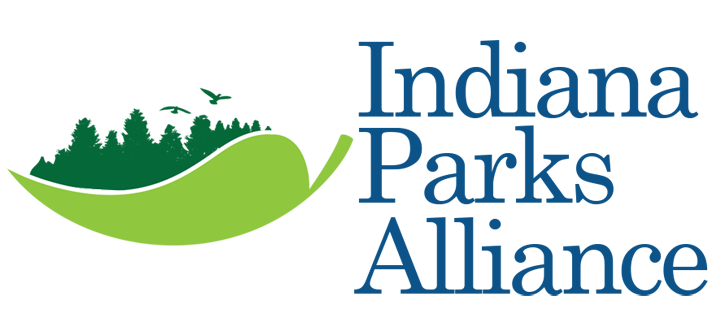By John Bergman
This past June I was given the opportunity to attend the first of several statewide meetings on the next State Wildlife Action Plan ( SWAP) for the DNR ‘s Division of Fish and Wildlife Division. SWAP is a federal requirement for all states receiving federal funding for their wildlife management programs and is done every 4 years.
Attending this first meeting was truly an excellent opportunity to see how this plan is designed to address all elements of wildlife management statewide. This includes how we may manage wildlife in wetlands, rivers, forest and agricultural environments and what are the critical needs statewide to improve habitats and wildlife populations.
The meeting was composed of DNR professional staff, federal agencies such as US Fish and Wildlife personnel and NRCS personnel along with private environmental organizations and private citizens associated with various environmental organizations such as Friends of Goose Pond and the organization I represented, the Indiana Parks Alliance (IPA). This meeting was the first of 5-6 regional meetings in the state. Regions are divided up based upon their geographic features (hills, rivers, lakes) or forest areas and crop land area (i.e. the corn belt in central Indiana). Our region was the Rivers and Forest of SW Indiana, which are dominated by the Wabash and White Rivers and the forest areas of this area (Pike State Forest and parts of Hoosier National Forest), both public and private.
We spent 3 and a half days in meetings, which were facilitated by a private company contracted by the DNR, reviewing issues and providing possible solutions or alternatives to improving the habitat and wildlife populations in the SW Region of Indiana. We began by identifying threats and issues related to current threats, or impediments to wildlife, and then providing possible solutions to those threats. The facilitated sessions included breakout sessions devoted to a specific issue. I spent my time in the “forest” habitat group, identifying current and potential future threats (I.e, urbanization) and offering options to meet those threats, such as land protection measures.
While just the first of several statewide sessions, I feel this meeting was very helpful in preparing for future gatherings, by providing a template for succeeding SWAP sessions.
If you have any interest in providing input into the SWAP process, you may contact Cindi Jacobson at c.jacobson@innovativeoutcomes.net or at 970-456-7990.
